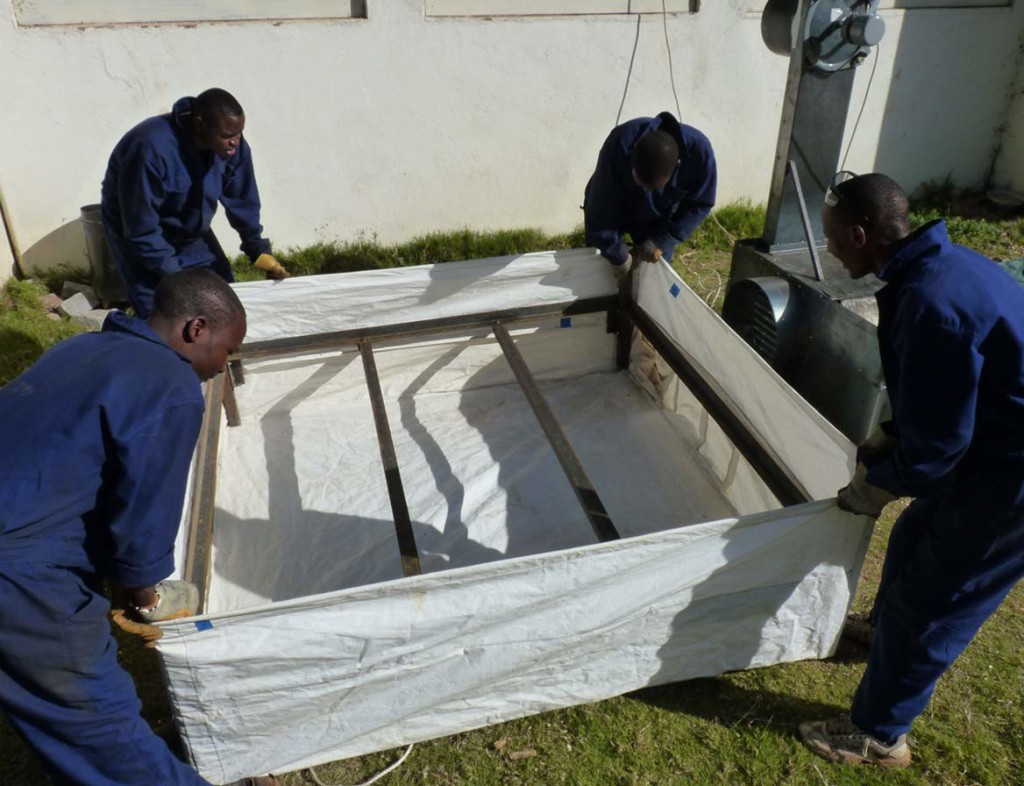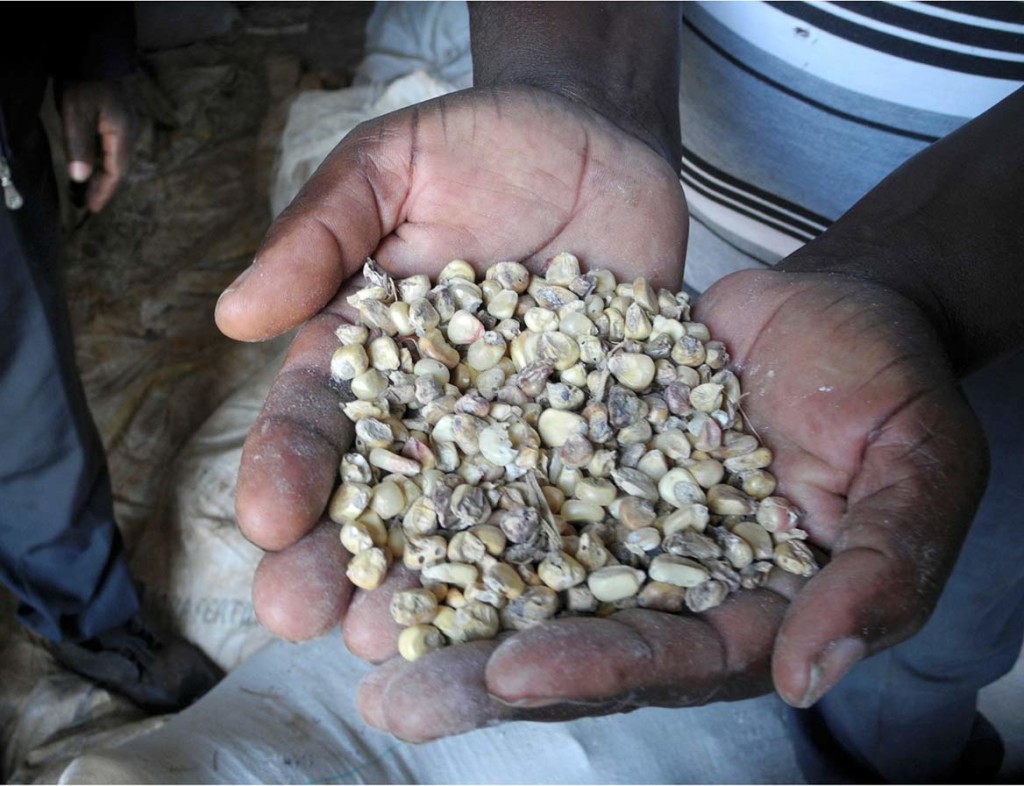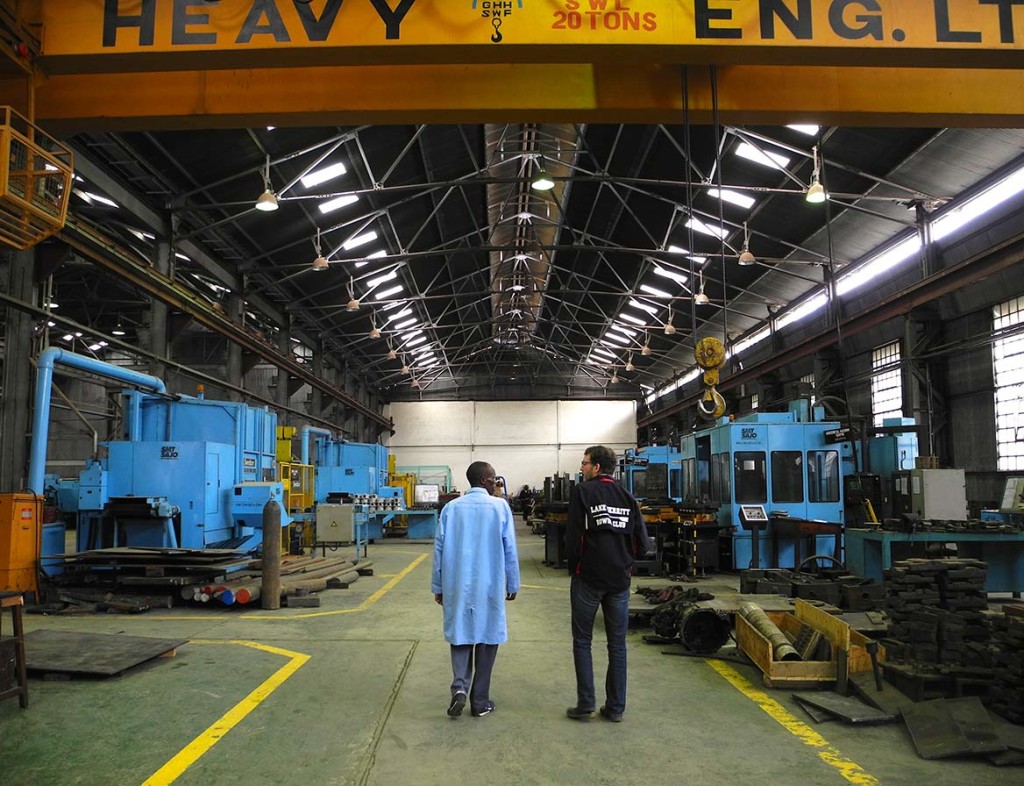Tackling A Silent Killer In East Africa
Client/Funder:
ASI
Location:
Nairobi, Kenya
Catapult Service Line:
Design
Thematic Area:
AgricultureFood Security
Challenge
In 2004 Kenyan health officials were baffled by an unusually lethal outbreak of jaundice. Over 300 people became infected, and nearly 40% died. A multinational team traced the cause of the deadly epidemic to moldy maize (corn), a staple of the Kenyan diet. The maize was infected with Aspergillus a common mold found in soil, grain, and all types of decaying organic matter in warm, humid environments. Certain types of Aspergillus produce aflatoxins, one of the most toxic and carcinogenic substances found in nature. For reasons not clearly understood, Kenyan soil is heavily contaminated by aflatoxin-producing molds. Once exposed, food contaminated by aflatoxin cannot be made safe. As awful as acute aflatoxin poisoning is, chronic low-level exposure causes insidious damage – stunting children’s growth and development, and eventually causing liver cancer in adults.
The risk of aflatoxin is well-known in wealthy countries. There, it is controlled by carefully drying corn to under 14% moisture content (MC) using massive, complex, fuel-hungry dryers costing $50,000 and up. In grain-growing regions of the US, Canada, and Europe, dryers are an essential piece of farm equipment and a large industry has developed to meet farmers’ needs. But a typical Kenyan farmer, feeding his family with .5-5 acres of land, can barely afford used grain sacks to keep his maize off the dirt, much less an effective way to dry the crop. Under ideal conditions, small farmers may achieve 15%MC drying their maize under the sun, enough to reduce but not eliminate the threat of aflatoxin.
Work
Having worked with some of the most respected agricultural engineering programs and manufacturers in the world, Agribusiness Services International (ASI), a subsidiary of ACDI/VOCA, engaged Catapult Design to employ a user-centered development process to develop unconventional strategies for maize drying targeting small farmers in Kenya, under a program funded by USAID and the Gates Foundation. Catapult assembled a “dream team” of post-harvest processing experts, Kenya-based development partners, seasoned engineers, and experienced prototype fabricators to explore intentionally diverse approaches to maize drying that address the unique needs of specific segments of Kenya’s population of small farmers. Our team honed in on three promising dryer concepts, and through a series of user and field tests, narrowed to one concept that promised commercial viability while meeting farmers’ needs in a robust, efficient, and cost-effective way.
Results
After completing the fabrication of a revised design, Catapult and ASI documented the design such that multiple manufacturers in Kenya could adopt it and deploy grain drying tools to the Kenyan market. ASI continues to work with manufacturers while demonstrating the prototype with farmers and other local agricultural partners. For a full list of publications from this project, including instructions for manufacturing and assembly of the resulting prototype, visit the official AflaStop Publications Page maintained by ASI.


